What makes a car go from just another vehicle on the road to a bona fide cult classic? Is it the rumble of the engine, the unmistakable body shape, or the way it guzzles gas with reckless abandon? Perhaps it’s a combination of factors that defy logic, coming together to form a devoted fanbase who lovingly restore and keep these cars running decades after their production ceased. Here are 15 reasons why some cars become cult classics.
Unique Design That’s Either Brilliant or Bizarre
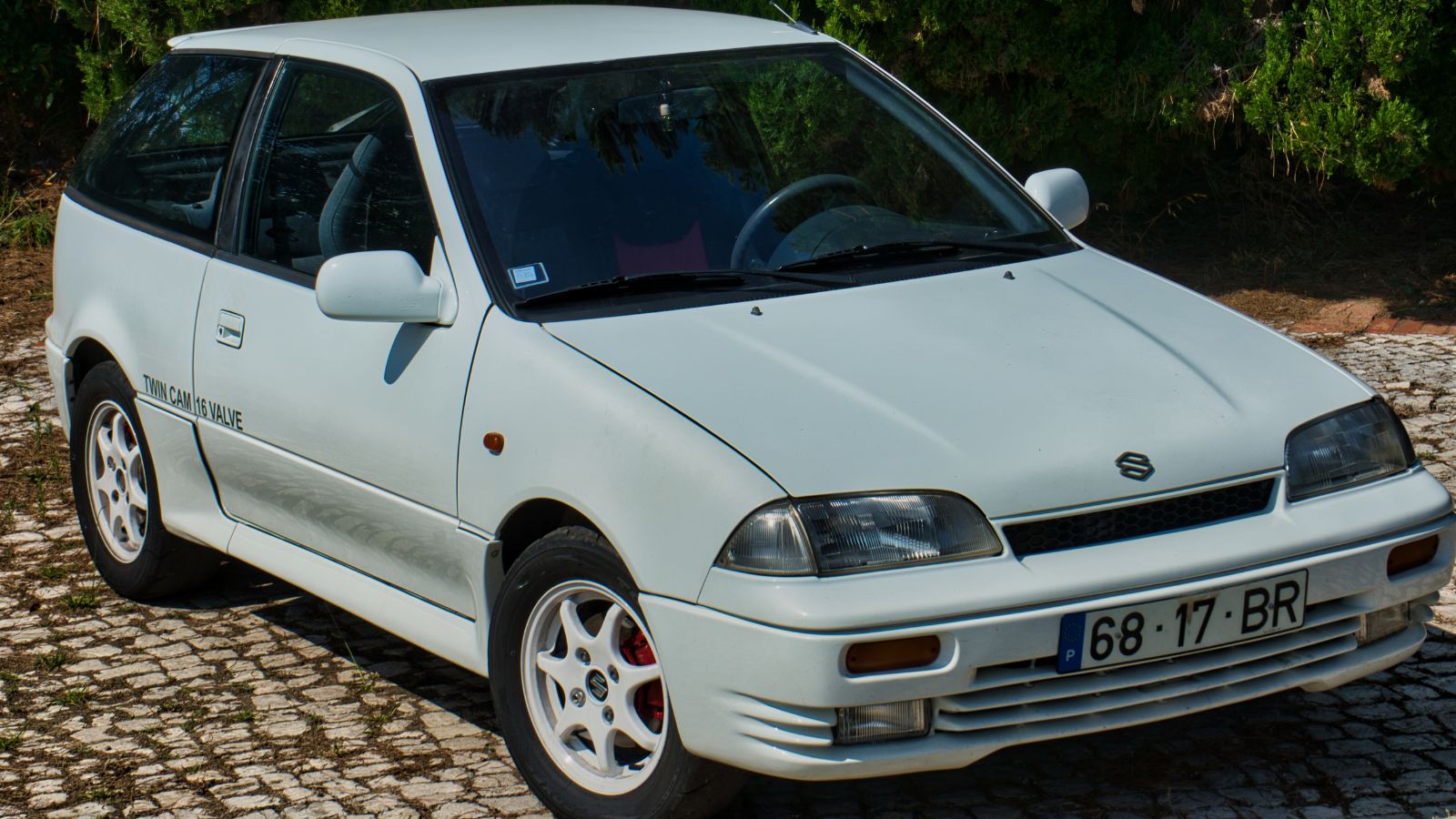
Some cars become cult classics because they don’t look like anything else on the road. Take the DeLorean DMC-12, for instance: Its gull-wing doors and brushed stainless steel body made it look like something straight out of a sci-fi film, which probably explains why it ended up in one. These cars are either stunningly beautiful or so odd that they’re endearing. Think of AMC Pacer—a car some might say was designed by the committee (and the committee was slightly intoxicated). People gravitate toward what stands out. Love it or hate it, you can’t deny a cult classic is memorable.
A Flop at the Start, But Then… Nostalgia!

History has a funny way of turning failures into icons. A car that flopped when it was first released might become a cult favorite years later. For example, critics initially deemed Volkswagen’s original Beetle a failure, but as time passed, it evolved into a symbol of freedom, counterculture, and minimalist design. Another example is the Edsel, a disaster for Ford, which eventually became a prized collectible for enthusiasts because of its distinctive design and history. Sometimes, the world wasn’t ready for the car then—but hindsight (and rose-colored glasses) work wonders.
Featured in a Legendary Movie or TV Show
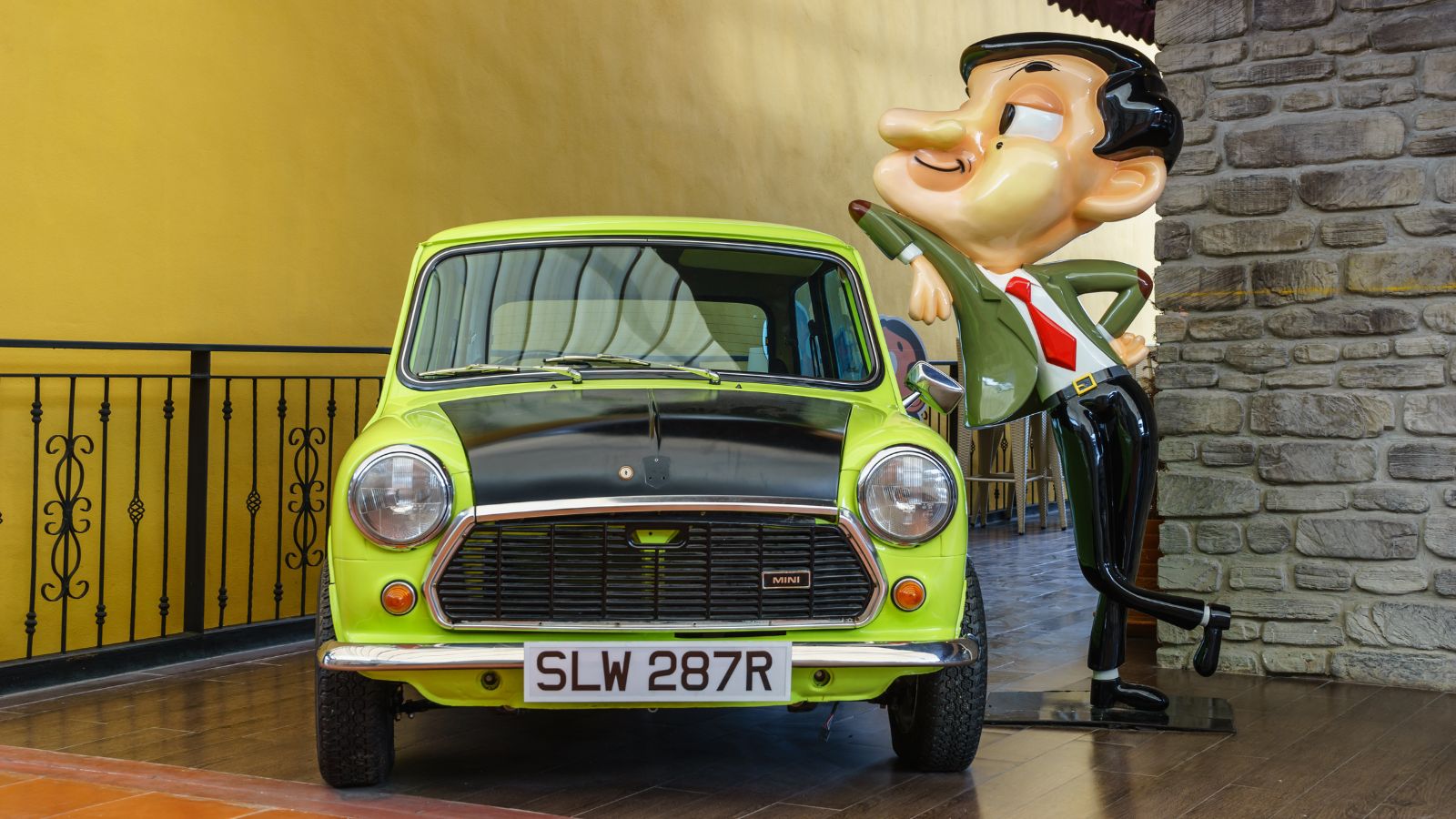
Nothing gives a car cult status like being immortalized on the big screen. Just ask the Ford Mustang GT 390 from “Bullitt,” the Ecto-1 from “Ghostbusters,” or, most famously, the DeLorean DMC-12 from “Back to the Future.” Once a car becomes tied to a beloved film or show, it’s not just a machine but part of pop culture. Who wouldn’t want to drive the Batmobile or James Bond’s Aston Martin DB5? Pop culture transforms these cars into stars, often overshadowing their original performance or practical use.
Engine Power That Could Launch a Rocket (Or at Least Feels Like It)
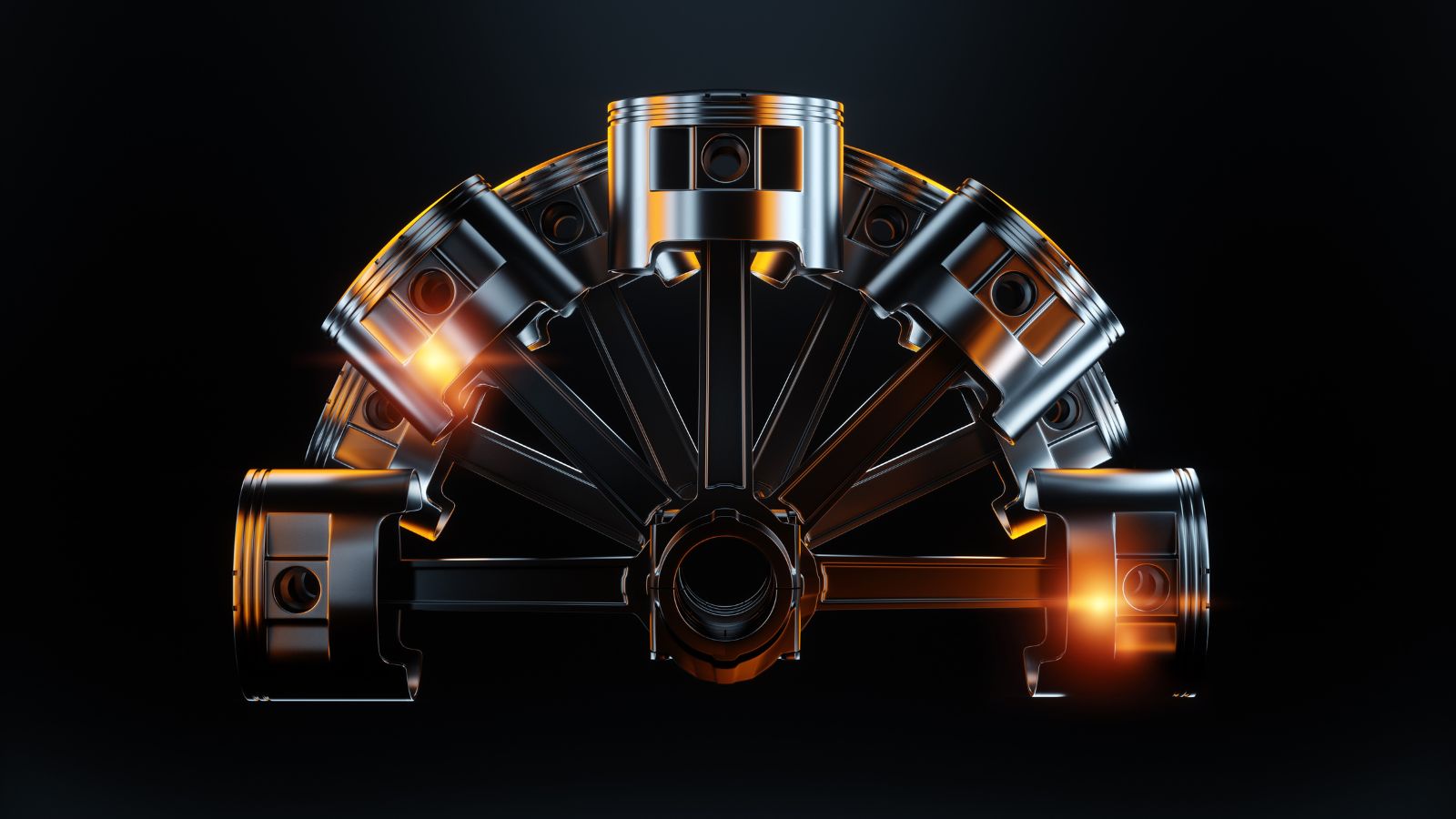
Certain vehicles stand out for their incredible engine power, such as the Dodge Charger and Plymouth Hemi ‘Cuda from the late 1960s and early 1970s. It’s a visceral experience—the engine’s sound and the sensation of acceleration—rather than just a car. Many of these vehicles were muscle-powered, high-performance vehicles with strong engines that could create their weather system.
They Were (Or Still Are) a Pain to Maintain

There’s a fine line between love and hate, especially with cars that seem to break down whenever you sneeze near them. But for some car enthusiasts, the constant tinkering is half the fun. The Lancia Stratos is a prime example—mechanically fickle but revered by those who relish a challenge. Cars like the Triumph Stag may have been plagued with reliability issues. Still, they gained a loyal following because of their unique quirks (and perhaps the mechanics who became very wealthy keeping them running). The sense of accomplishment in keeping them running is a source of pride.
Limited Production Numbers Make Them Unicorns

It’s human nature to want what’s rare. Cars like the BMW Z8 or the Alfa Romeo Montreal were produced in limited numbers, making them elusive, desirable, and ultimately cult-worthy. The scarcity creates a sense of exclusivity—owning one of these rare gems feels like part of a secret club. When only a handful of cars were made, their rarity made them valuable, even if they weren’t smash hits when they first came out.
Quirky, But Lovable Personalities
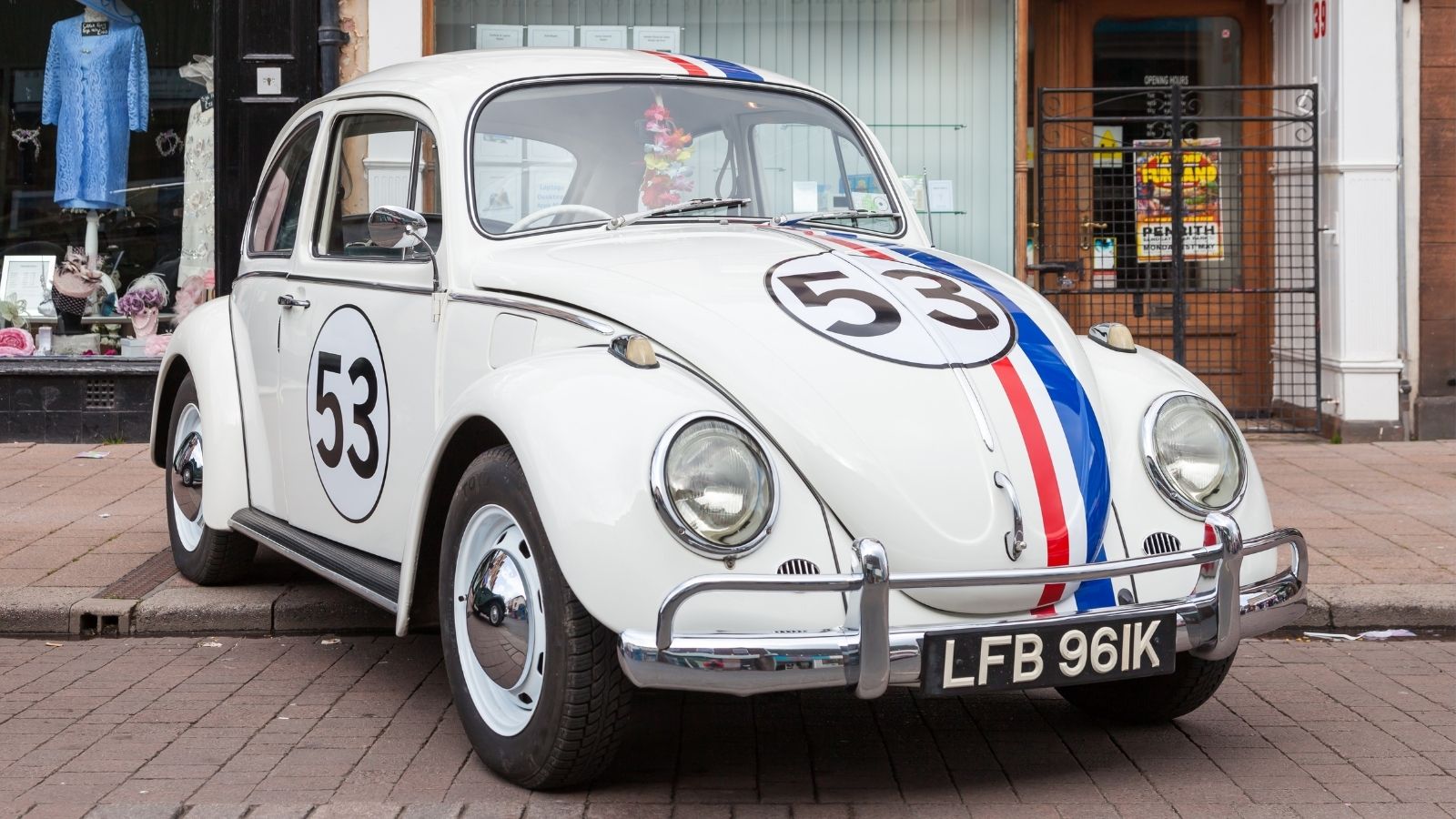
Cars with personalities often become cult classics, especially if they’re a little… weird. The Citroën 2CV, affectionately known as the “Deux Che Vaux,” is an example. It is designed to be the cheapest, most basic car possible and is described as a “motorized umbrella.” And who can forget the Saab 900 Turbo, which also gained a following for its unique design and offbeat engineering? These cars have character—they’re not perfect, but that’s part of their charm. Owners often say their cars have “soul,” and it’s hard to argue when they seem to develop their personalities.
Part of a Cultural Movement

Some cars become iconic because they’re tied to a more significant social or cultural movement. Take the Volkswagen Microbus, a symbol of freedom, counterculture, and peace during the 1960s and 1970s. It wasn’t just a vehicle—it was a way of life. Likewise, the Mini Cooper became synonymous with 1960s British mod culture. These cars transcend their function, becoming rolling symbols of rebellion, peace, or good old-fashioned fun.
Affordable, Accessible, and Modifiable

Certain cars achieve cult status because they’re cheap, cheerful, and easy to modify. Enthusiasts love the Mazda MX-5 Miata because it’s affordable and can be endlessly customized. The Honda Civic has a huge following, with entire subcultures dedicated to tweaking and tuning these reliable and inexpensive cars. The accessibility of these cars makes them beloved by a wide range of people, from weekend warriors to full-blown gearheads.
Unassuming Sleepers with Hidden Power
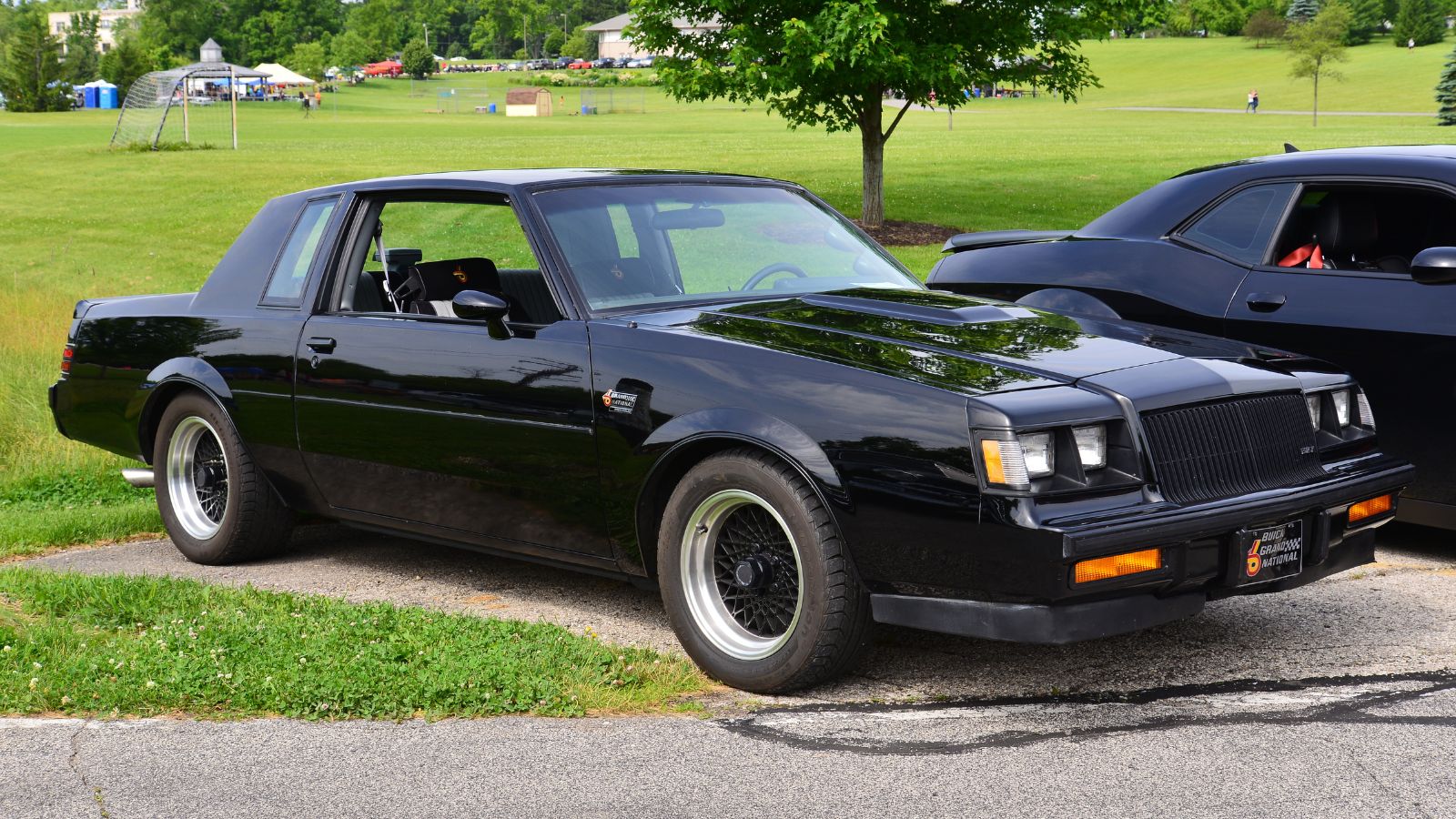
There’s something magical about a car that doesn’t look like much but can blow the doors off competitors. Known as “sleepers,” these cars hide impressive performance under unassuming exteriors. The Buick GNX is a perfect example: it looks like a grandma’s car, but it has the power to outrun many performance vehicles of its era. Sleepers are cult classics because they represent the ultimate automotive inside joke—only the true enthusiasts know their secret power.
Defied the Odds and Survived Through the Ages

Sometimes, a car becomes a cult classic because it’s a survivor. Take the Land Rover Defender, which, despite its rugged design and no-nonsense engineering, was discontinued because it was outdated by modern standards. Still, these vehicles have been lovingly maintained by their owners for decades, becoming hallmarks of durability and dependability. Survival, despite the odds, builds loyalty among fans. These cars become more than just transportation; they’re trusted companions.
Raced and Won, Cementing Their Place in History
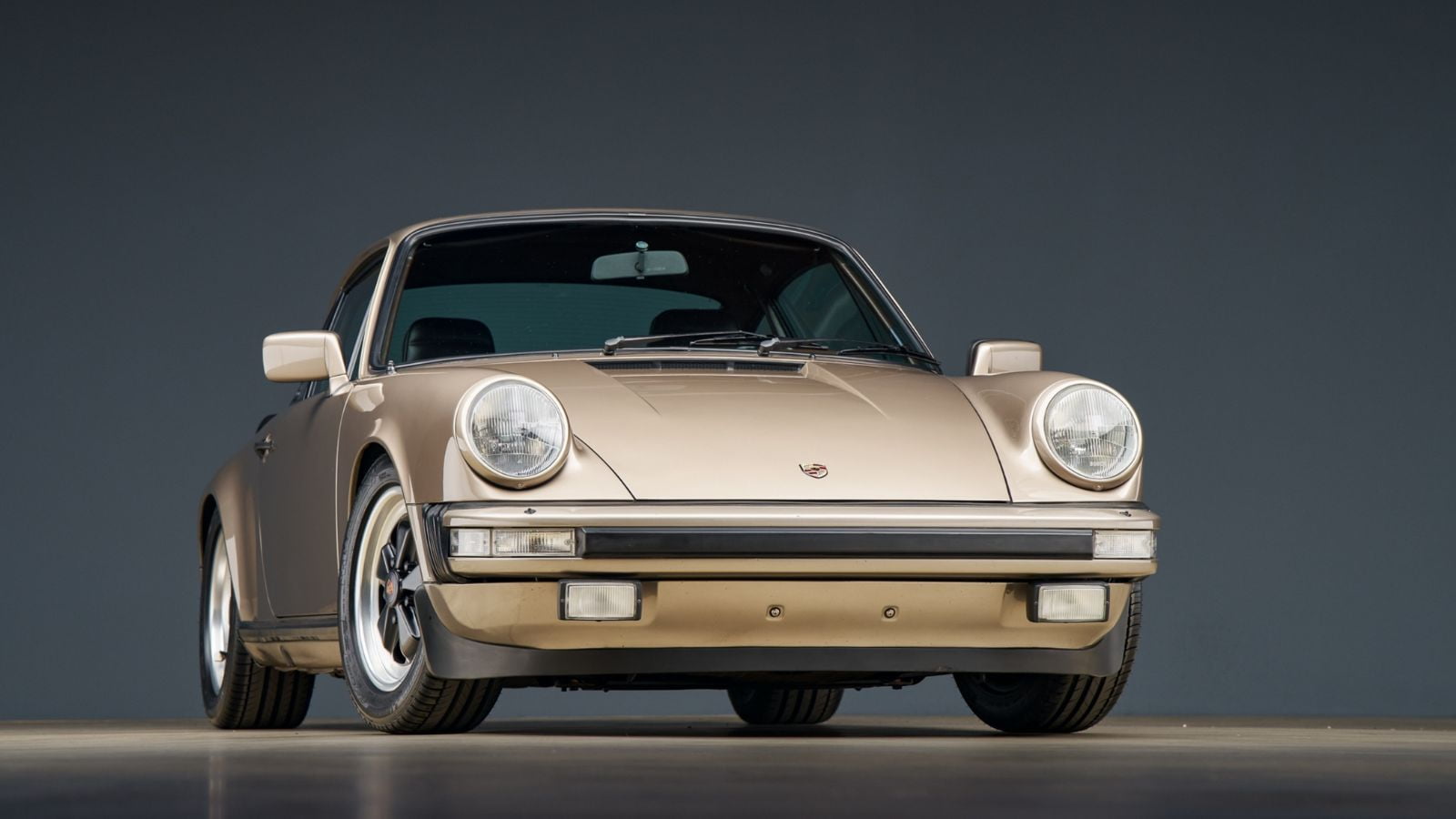
Winning on the track is one surefire way to guarantee cult status. The Porsche 911, with its incredible racing pedigree, is the perfect example of a car that has become a legend due to its consistent success in motorsports. Similarly, the Ford GT40, which dominated at Le Mans in the 1960s, is remembered for its performance and historical significance in the racing world. Victories on the track make cars heroes in the eyes of fans, cementing their legacy as more than just machines.
Produced at the Peak of Automotive Innovation
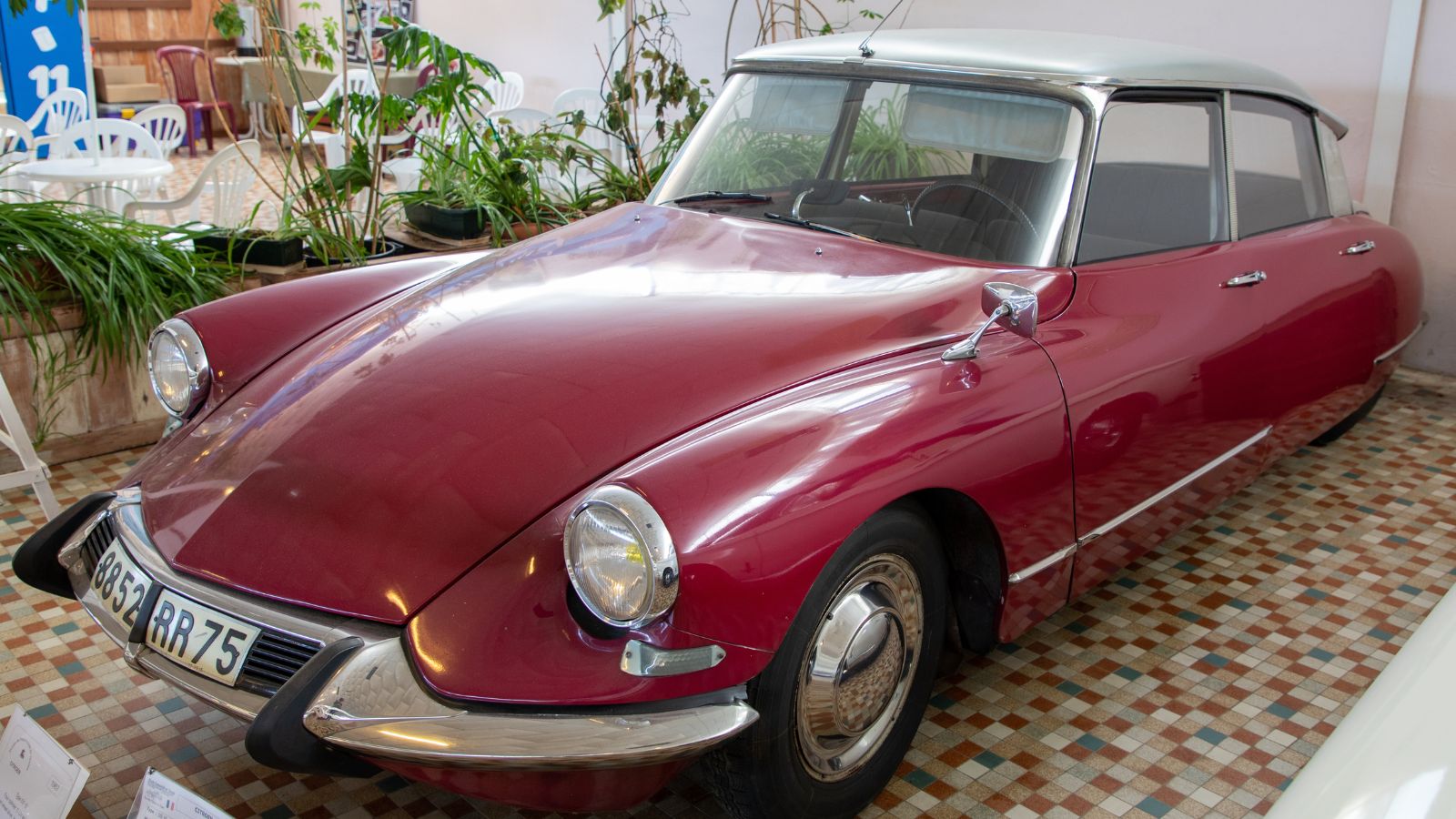
Sometimes, cars become cult classics because they were released when the automotive industry was most experimental and innovative. The Citroën DS is a great example: With its futuristic design, hydraulic suspension, and advanced aerodynamics, it was far ahead of its time. Also, the BMW 2002 helped define what a compact sports sedan could be long before such cars became the norm. These vehicles weren’t just cars; they were cutting-edge technology years before the rest of the industry caught up.
Cult Following That’s Still Going Strong Today

Cars sometimes refuse to fade into obscurity because their fanbase won’t allow it. The Toyota Land Cruiser, for instance, has a cult following that spans the globe, with owners and enthusiasts forming clubs, attending meet-ups, and trading parts. The Volvo 240 also has legions of fans who prize the car for its durability, boxy design, and Swedish engineering. When the community around a car is as devoted as the one driving it, the car becomes more than a classic—it becomes a way of life.
They’re Just Fun to Drive
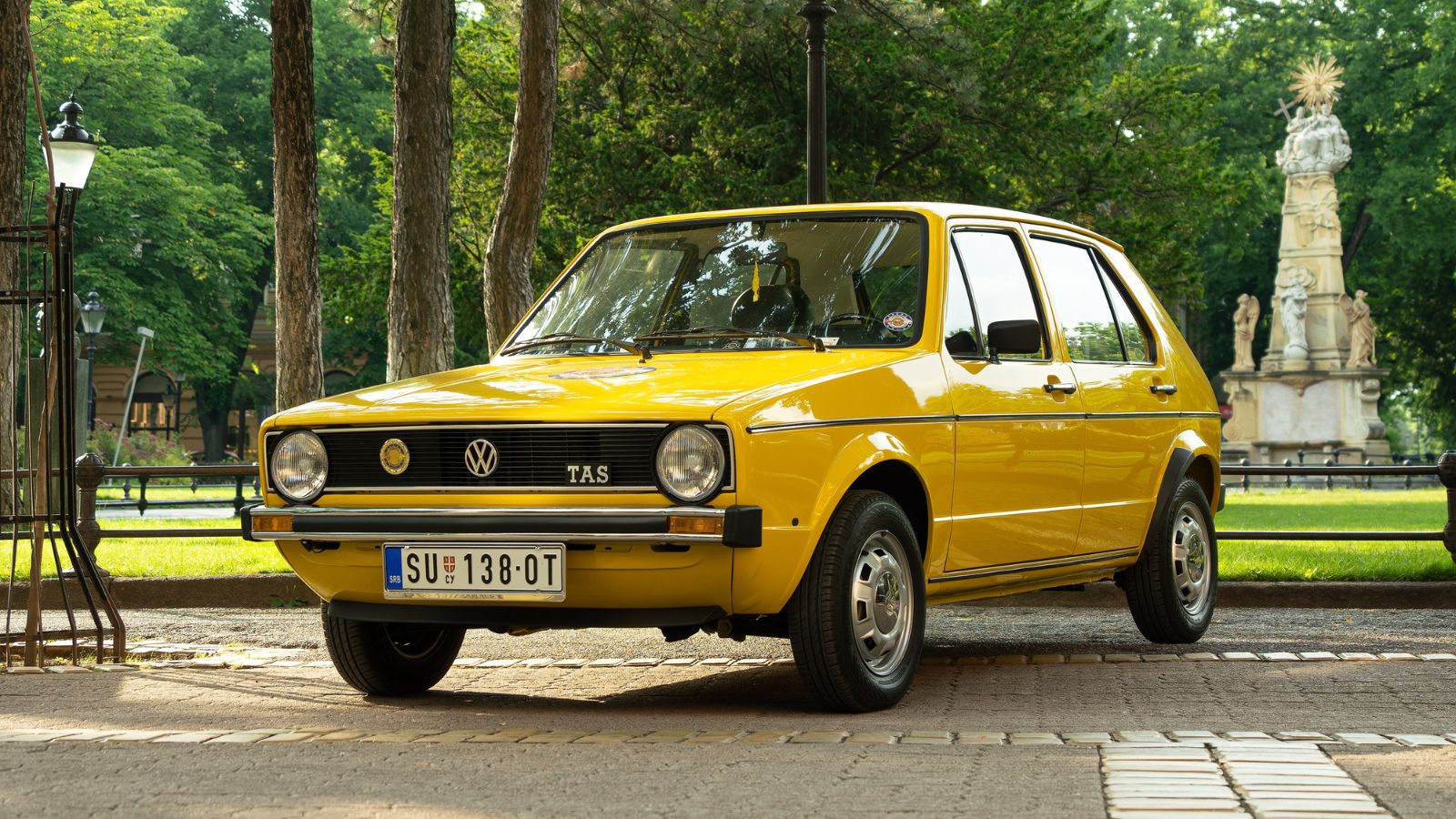
Some cars are beloved simply because they’re fun. Like the Volkswagen Golf GTI, the car didn’t revolutionize the world when it came out, but it quickly became a fan favorite for its nimble handling and peppy performance. The Fiat 500 Abarth is another example: it’s small, zippy, and puts a grin on your face every time you take it for a spin. Sometimes, it’s not about the design, the power, or the backstory—it’s just about how the car makes you feel when you’re behind the wheel.
